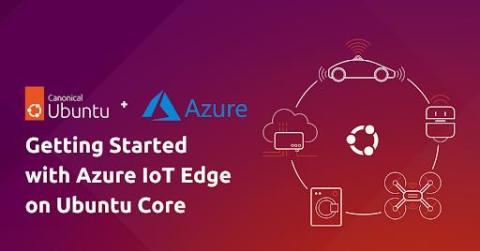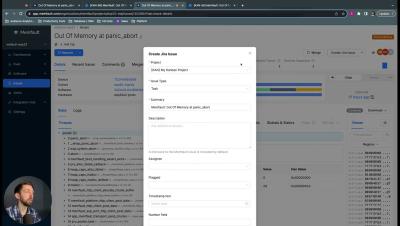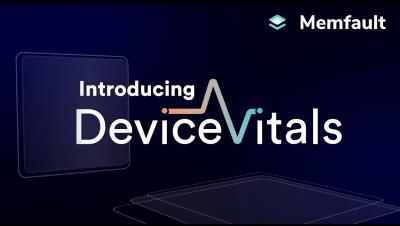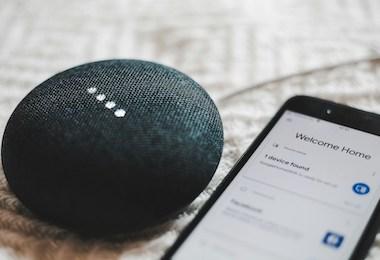Diving into JTAG - BSDL (Part 4)
In the previous article of this series, we briefly touched on how.bsd files written in Boundary Scan Description Language (BSDL) describe the structure of the boundary scan chain and the instruction set. In this article, we will examine this language’s syntax more closely before seeing how.bsd files are leveraged in JTAG testing in the next article.















